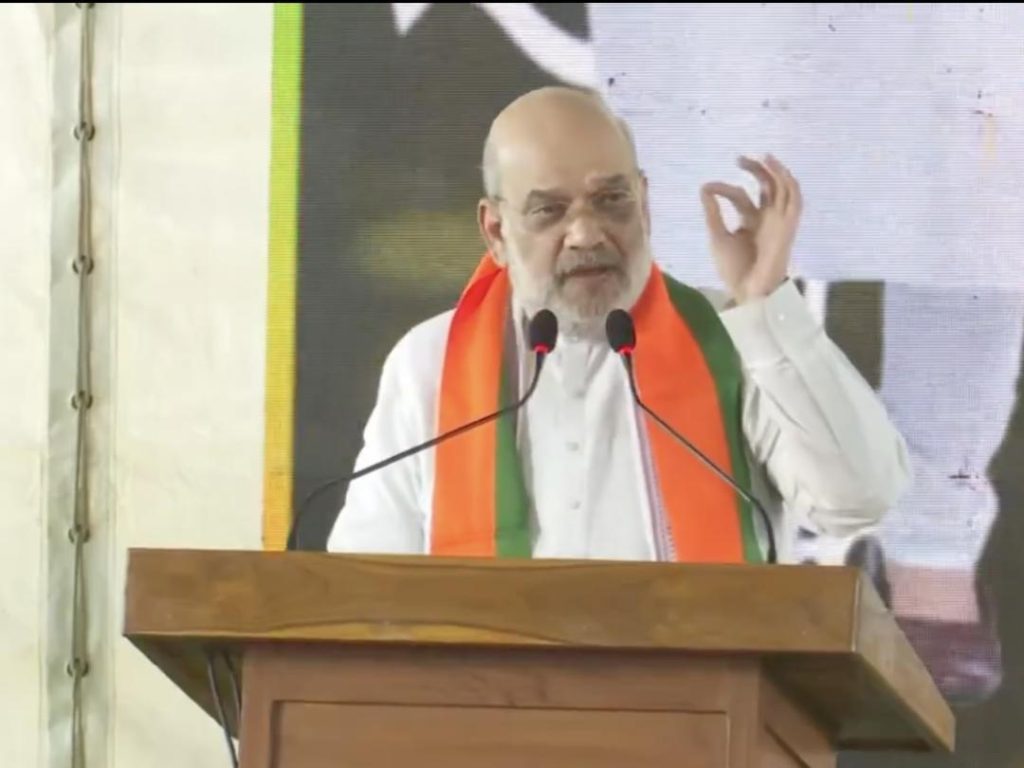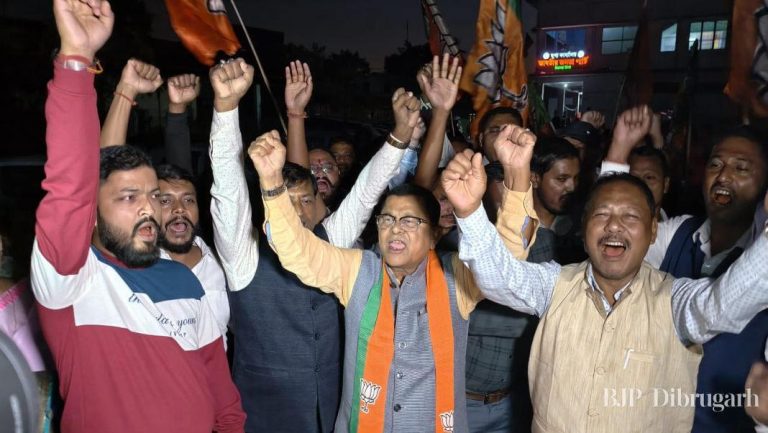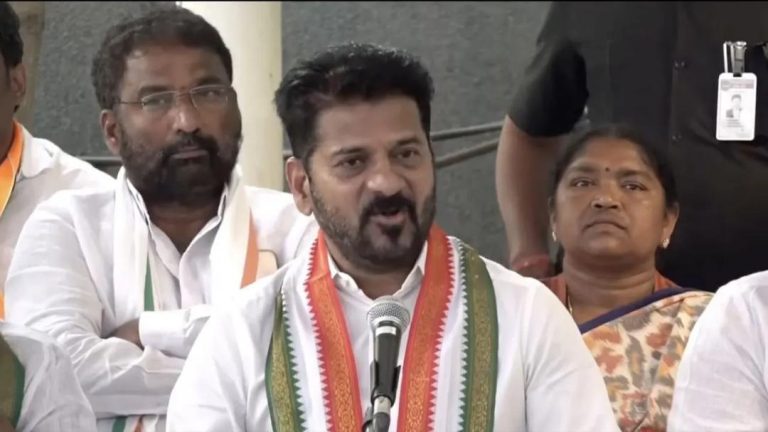
Title: BJP will form govt in both Tamil Nadu & Bengal in 2026: Amit Shah
In a recent event in Madurai, Tamil Nadu, Union Home Minister Amit Shah made a bold claim, stating that the Bharatiya Janata Party (BJP) and its National Democratic Alliance (NDA) will form the government in both Tamil Nadu and West Bengal in the upcoming 2026 Assembly elections. The statement has sent shockwaves across the political spectrum, with many questioning the feasibility of such a claim.
Shah, who is known for his sharp political instincts and ability to read the pulse of the people, made these remarks while addressing a gathering in Madurai, a city with significant importance in Tamil Nadu’s politics. The event was attended by party workers and leaders, who were eager to hear Shah’s assessment of the political landscape in the state.
The Home Minister’s statement has sparked widespread debate, with many political analysts and observers weighing in on the likelihood of the BJP’s claim. While some have dismissed Shah’s statement as mere rhetoric, others believe that the BJP’s aggressive campaign and growing popularity among certain sections of society could actually make the party a force to be reckoned with in the upcoming elections.
So, what led Shah to make such a bold claim? Is it mere bravado, or is there substance to his statement? In this blog post, we will delve into the political context of Tamil Nadu and West Bengal, analyze the strengths and weaknesses of the BJP and its opponents, and explore the implications of Shah’s statement for the future of Indian politics.
Tamil Nadu’s Political Landscape
Tamil Nadu is one of the most significant states in India, with a population of over 72 million people. The state has a long history of politics, with the Dravida Munnetra Kazhagam (DMK) and the All India Anna Dravida Munnetra Kazhagam (AIADMK) being the two dominant parties since the 1960s. The DMK has traditionally been associated with the ruling party at the center, while the AIADMK has maintained strong links with the BJP.
In recent years, the DMK has faced significant challenges, including corruption scandals and internal conflicts. This has created an opportunity for the BJP and its allies to make inroads in the state. The party has been aggressively campaigning in Tamil Nadu, with a focus on issues such as Hindutva, nationalism, and economic development.
West Bengal’s Political Landscape
West Bengal, on the other hand, has a distinct political history, with the Left Front and the Trinamool Congress (TMC) being the dominant forces since the 1970s. The TMC, led by Mamata Banerjee, has been in power since 2011, while the Left Front, which includes the Communist Party of India (Marxist), has been a significant presence in the state.
The TMC has faced challenges in recent years, including corruption allegations and internal conflicts. The BJP has been trying to capitalize on these issues, with a focus on issues such as Hindutva, nationalism, and economic development.
Strengths and Weaknesses of the BJP
The BJP has several strengths that could help it make gains in Tamil Nadu and West Bengal. Firstly, the party has been aggressively campaigning in both states, with a focus on issues that resonate with the electorate. Secondly, the BJP has been able to capitalize on the anti-incumbency sentiment against the ruling parties in both states.
However, the BJP also faces several challenges. In Tamil Nadu, the party is still struggling to build a strong grassroots presence, and its alliance with the AIADMK is not without its challenges. In West Bengal, the party faces stiff competition from the TMC, which has a strong organizational presence and a loyal voter base.
Shah’s Statement: A Bold Claim or a Realistic Assessment?
So, what led Shah to make such a bold claim? Is it mere bravado, or is there substance to his statement? While it is difficult to predict the outcome of the 2026 Assembly elections with certainty, there are several factors that could work in the BJP’s favor.
In Tamil Nadu, the party has been gaining ground in recent years, and its alliance with the AIADMK could help it make significant gains. The DMK, on the other hand, faces significant challenges, including corruption scandals and internal conflicts.
In West Bengal, the TMC faces stiff competition from the BJP, and the party’s aggressive campaign could help it make inroads in the state. The TMC, on the other hand, has a strong organizational presence and a loyal voter base.
Conclusion
Amit Shah’s statement that the BJP will form the government in both Tamil Nadu and West Bengal in 2026 is a bold claim that has sent shockwaves across the political spectrum. While it is difficult to predict the outcome of the elections with certainty, several factors could work in the BJP’s favor.
The party’s aggressive campaign, its growing popularity among certain sections of society, and its alliance with local parties could help it make significant gains in both states. However, the party also faces significant challenges, including the strength of its opponents and the need to build a strong grassroots presence.
As the 2026 Assembly elections approach, it will be interesting to see how the political landscape in Tamil Nadu and West Bengal evolves. Will the BJP’s bold claim become a reality, or will the party’s opponents be able to mount a strong challenge? Only time will tell.






